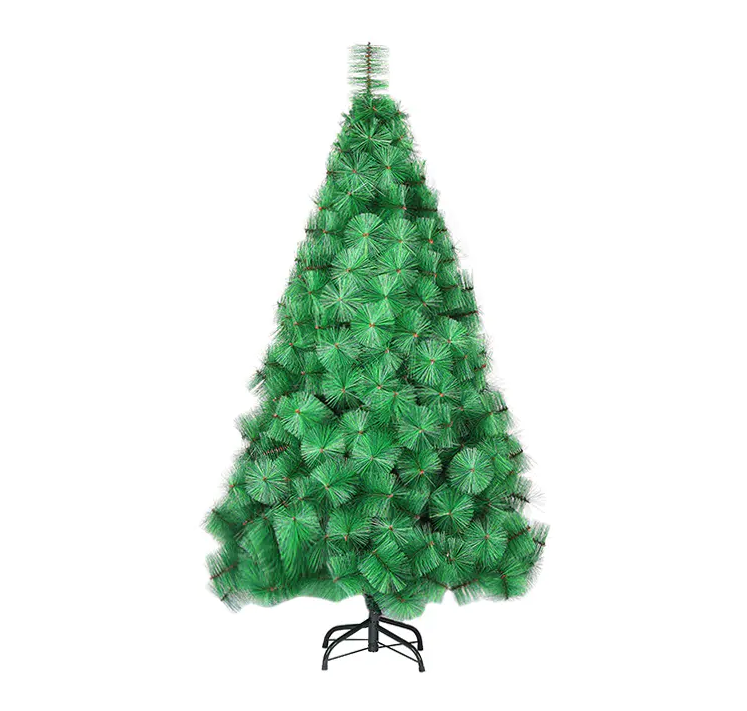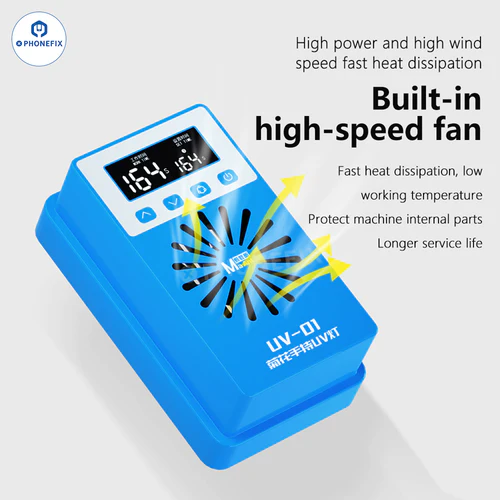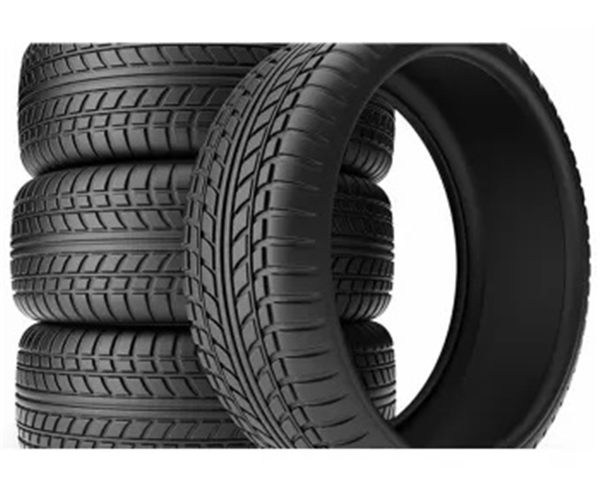Soil nails are used to retain the unstable soil mass In many construction projects


is a construction technique that can be used as a remedial measure to treat unstable natural soil slopes or as a construction
technique that allows the safe over-steepening of new or existing soil slopes. The technique involves the insertion of relatively slender,
threaded reinforcing bars (rebar) or hollow-system steel reinforcing elements into the slope. Solid bars are usually installed into pre-
drilled holes and then grouted into place using a separate tremie grout line, whereas hollow bars may be drilled and grouted simultaneously
by the use of a sacrificial drill bit and by pumping grout down the hollow bar as drilling progresses. Bars are usually fully grouted and
installed at a slight downward inclination with bars installed at regularly spaced points across the slope face. A rigid shotcrete facing or
isolated soil nail head plates may be used at the surface. Alternatively a flexible reinforcing mesh may be held against the soil face
beneath the head plates. Erosion control fabrics may be used in conjunction with flexible mesh facing for sloping faces or favorable, near
vertical soil conditions.
In many construction projects are used to retain the unstable soil mass. To accomplish this, soil nails are installed in an evenly
spaced close geometric pattern. When installing a soil nail stabilization project, the soil nail installations and the excavation must be
accomplished in incremental depths of 1.2m to 1.8m until the final depth of cut is accomplished. Usually only one increment can be completed
per day. Immediately following the incremental excavation of the soil and the soil nail installations, the vertical face of the soil is covered with a steel reinforced coating of shotcrete. Soil nails are passive structural elements and are not tensioned after installation.
The soil nail gains pullout resistance from within the sliding soil mass in front of the slip plane and the stable soil mass located behind
the slip plane. The geometric system of soil nail placements creates an internally reinforced soil mass that is stable. Notice that each soil
nail shaft has a great number of helical plates with the same diameter. These helical plates are evenly spaced along the entire length of the
shaft. By comparison, a tieback anchor has one or more helical plates situated at the tip of the tieback. These helical plates generally
increase in diameter along the shaft away from the tip. Once a tieback anchor lead section is installed, extensions without helical plates
are used to extend the helical plates at the tip to the target depth. Soil nails, on the other hand, will always have identical evenly spaced, small diameter helical plates along the entire shaft from beginning to end.
Other supplier products
供应产品
Same products
















